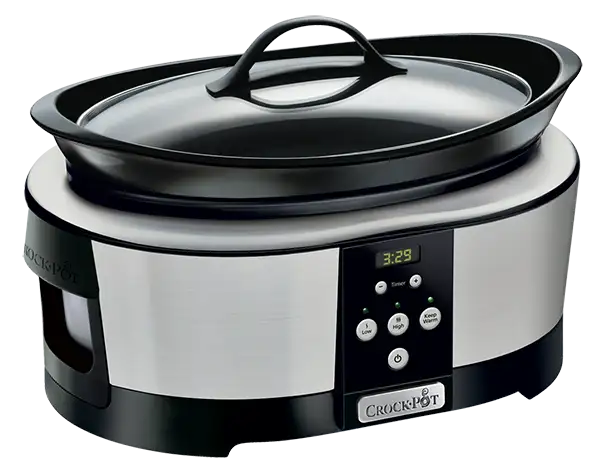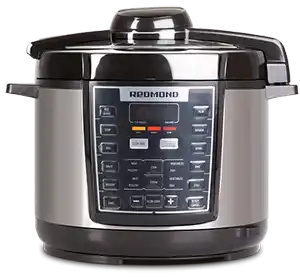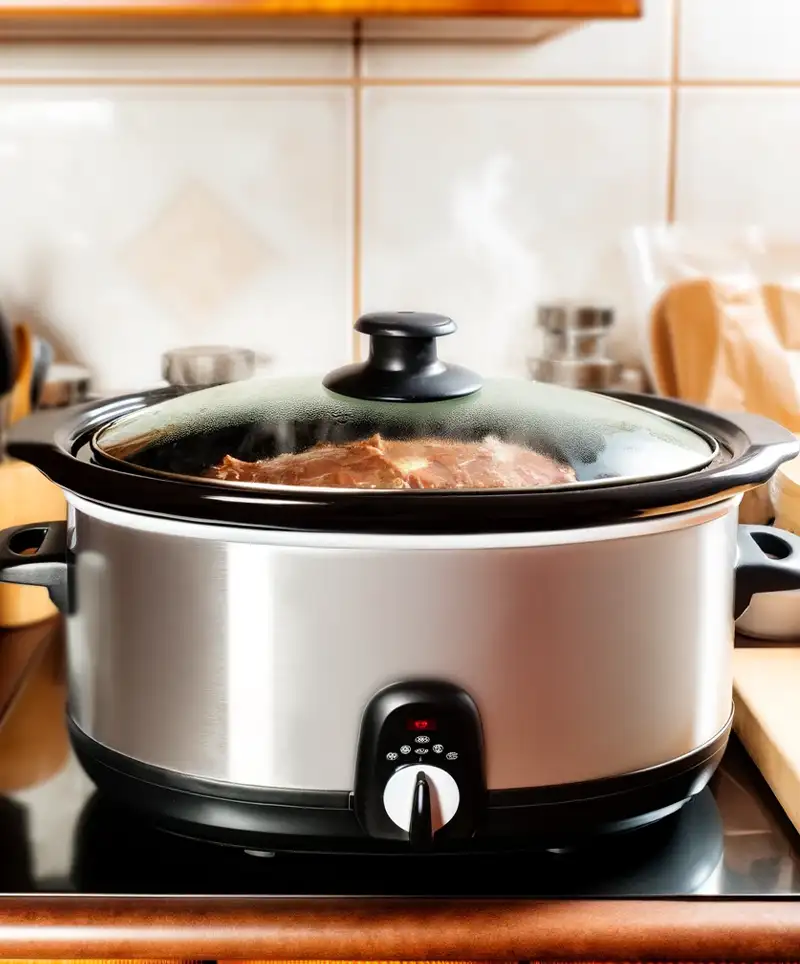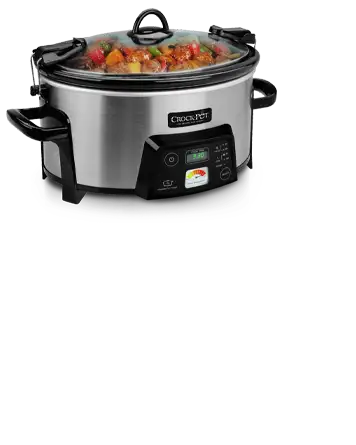The Slow and the Flavorous Method
In the fast-paced whirlwind of modern life, where instant gratification is king, and meals often come with a side of "hurry up," there exists a culinary rebellion—a movement that dares to take its sweet time. Welcome to National Slow Cooking Month, a January tradition that celebrates the art of low and slow, turning mere ingredients into masterpieces of taste and tenderness. This is the month where the slow cooker, a humble kitchen gadget often overlooked next to its flashier counterparts, takes center stage and shows us the beauty of patience in cooking.
A Brief History of Slow Cooking
Let's turn back the pages of the culinary history book to the chapter titled "Slow Cooking: The Art of Patience in the Kitchen." The story of slow cooking is as rich and layered as a well-prepared stew, simmering slowly over the embers of time. It’s a tale that begins not with a fancy electric slow cooker, but with the ancient practice of cooking over low heat for extended periods, often in pits or with heavy pots buried in the warm embrace of hearths and embers.
 The precursor to our modern slow cooker was not an appliance, but a necessity. Our ancestors, lacking the convenience of 24-hour supermarkets and microwave dinners, made the most of what they had. They discovered the magic of slow cooking purely by chance or perhaps through divine culinary inspiration. Picture early humans, clad in the latest woolly mammoth chic, gathering around a fire, placing tough cuts of meat and whatever root vegetables they foraged into a pot, and letting it all bubble away while they went about their day inventing the wheel or playing prehistoric charades.
The precursor to our modern slow cooker was not an appliance, but a necessity. Our ancestors, lacking the convenience of 24-hour supermarkets and microwave dinners, made the most of what they had. They discovered the magic of slow cooking purely by chance or perhaps through divine culinary inspiration. Picture early humans, clad in the latest woolly mammoth chic, gathering around a fire, placing tough cuts of meat and whatever root vegetables they foraged into a pot, and letting it all bubble away while they went about their day inventing the wheel or playing prehistoric charades.
Fast forward to the 20th century, and the slow cooker, as we know it, begins to take shape. Invented by Irving Naxon in the 1940s and inspired by his grandmother's stories of slow-cooked stews in her Lithuanian village, the "Naxon Beanery" was the first step towards modern convenience. It was a humble device, designed to cook a single dish: beans. Little did Naxon know, he was about to revolutionize home cooking.
In the 1970s, the slow cooker was rebranded and released as the Crock-Pot, a name now synonymous with slow cooking itself. It became a countertop staple, freeing up time for the busy disco-dancing, bell-bottom-wearing populations of the era. The Crock-Pot promised a "set it and forget it" approach to cooking, allowing for a resurgence in home-cooked meals without the need to slave over a hot stove all day.
The slow cooker's appeal lies in its simplicity and the magic it performs on the ingredients placed within. It turns the toughest cut of meat into something you can cut with a stern look, and transforms a hodgepodge of ingredients into a cohesive, flavor-packed dish that tastes like you actually know what you're doing in the kitchen.
Today, the slow cooker stands as a testament (not that we're using that word) to the enduring power of taking it slow, both in the kitchen and in life. It’s a reminder that good things come to those who wait, and that patience, in cooking as in life, is indeed a virtue. So, as we celebrate National Slow Cooking Month, let's raise our ladles to the slow cookers, to the centuries of culinary evolution that brought them into our kitchens, and to the deliciously tender meals that await those willing to wait.
Why Slow Cooking?
National Slow Cooking Month isn't just an excuse to dust off that slow cooker you received three Christmases ago. It's a chance to rediscover the myriad benefits of this cooking method. Slow cookers use low temperatures and long cooking times to break down tough cuts of meat, infuse flavors, and, most importantly, allow you to pretend you're on a cooking show when you unveil the final dish.
But the slow cooker's appeal doesn't stop at deliciousness. It's practically the Houdini of the kitchen, magically turning a handful of ingredients into a meal while you're off living your life. It’s perfect for the culinarily lazy, the busy bees, and everyone in between. Throw in your ingredients in the morning, and come dinner time, voila: a feast that tastes like you've slaved over it all day (we won't tell if you won't).
The Slow Cooker
While stews and soups are the poster children for slow cooking, this versatile appliance is not a one-trick pony. From baking bread to crafting concoctions like lasagna, the slow cooker is like that friend who surprises you with hidden talents, like knowing how to juggle or speak fluent Klingon.
And let's not forget about dessert. Yes, your slow cooker can whip up treats that'll make your oven jealous. Imagine diving into a gooey chocolate lava cake or a tender, spiced apple crumble, all made in the magic pot. It's enough to make you want to pen love letters to your slow cooker, thanking it for the sweet, sweet delicacies it brings into your life.
Celebrating National Slow Cooking Month
Embracing National Slow Cooking Month is as easy as setting your slow cooker on low and walking away. Start with classic recipes to get your bearings, then experiment with daring dishes that challenge the slow-cooking status quo. Share your culinary adventures on social media with #NationalSlowCookingMonth, joining a community of like-minded slow cooking enthusiasts who appreciate the finer, slower things in life.
 Organize a slow-cooked potluck with friends or family, where everyone brings a dish made in their slow cooker. It’s a great way to taste a variety of flavors and swap recipes that have been in your repertoire.
Organize a slow-cooked potluck with friends or family, where everyone brings a dish made in their slow cooker. It’s a great way to taste a variety of flavors and swap recipes that have been in your repertoire.
National Slow Cooking Month teaches us an important lesson: good things come to those who wait. In a world obsessed with speed, taking the time to slow down—in cooking and in life—can yield surprisingly delicious results. So, this January, let’s raise our ladles to the slow cooker, the unsung hero of the kitchen that reminds us that in the race for flavor, slow and steady wins the meal.
Please Share our Content






 The precursor to our modern slow cooker was not an appliance, but a necessity. Our ancestors, lacking the convenience of 24-hour supermarkets and microwave dinners, made the most of what they had. They discovered the magic of slow cooking purely by chance or perhaps through divine culinary inspiration. Picture early humans, clad in the latest woolly mammoth chic, gathering around a fire, placing tough cuts of meat and whatever root vegetables they foraged into a pot, and letting it all bubble away while they went about their day inventing the wheel or playing prehistoric charades.
The precursor to our modern slow cooker was not an appliance, but a necessity. Our ancestors, lacking the convenience of 24-hour supermarkets and microwave dinners, made the most of what they had. They discovered the magic of slow cooking purely by chance or perhaps through divine culinary inspiration. Picture early humans, clad in the latest woolly mammoth chic, gathering around a fire, placing tough cuts of meat and whatever root vegetables they foraged into a pot, and letting it all bubble away while they went about their day inventing the wheel or playing prehistoric charades. Organize a slow-cooked potluck with friends or family, where everyone brings a dish made in their slow cooker. It’s a great way to taste a variety of flavors and swap recipes that have been in your repertoire.
Organize a slow-cooked potluck with friends or family, where everyone brings a dish made in their slow cooker. It’s a great way to taste a variety of flavors and swap recipes that have been in your repertoire.








 "Sláinte!" is a traditional Irish expression used as a toast, equivalent to "Cheers!" in English.
"Sláinte!" is a traditional Irish expression used as a toast, equivalent to "Cheers!" in English.